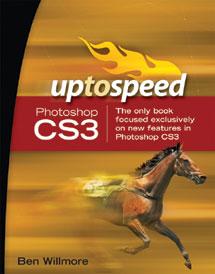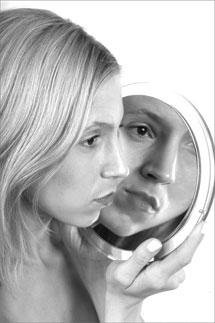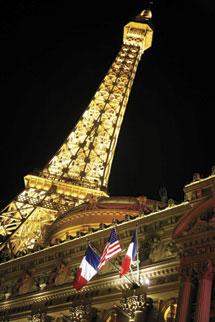Digital Darkroom
Sort By: Post Date TitlePublish Date
|
Feb 01, 2008
|
Jan 01, 2008
|
Oct 01, 2007
|
Sep 01, 2007
|
May 01, 2007
|
May 01, 2007
|
May 01, 2007
|
May 01, 2007
|
May 01, 2007
|
May 01, 2007
|
May 01, 2007
















